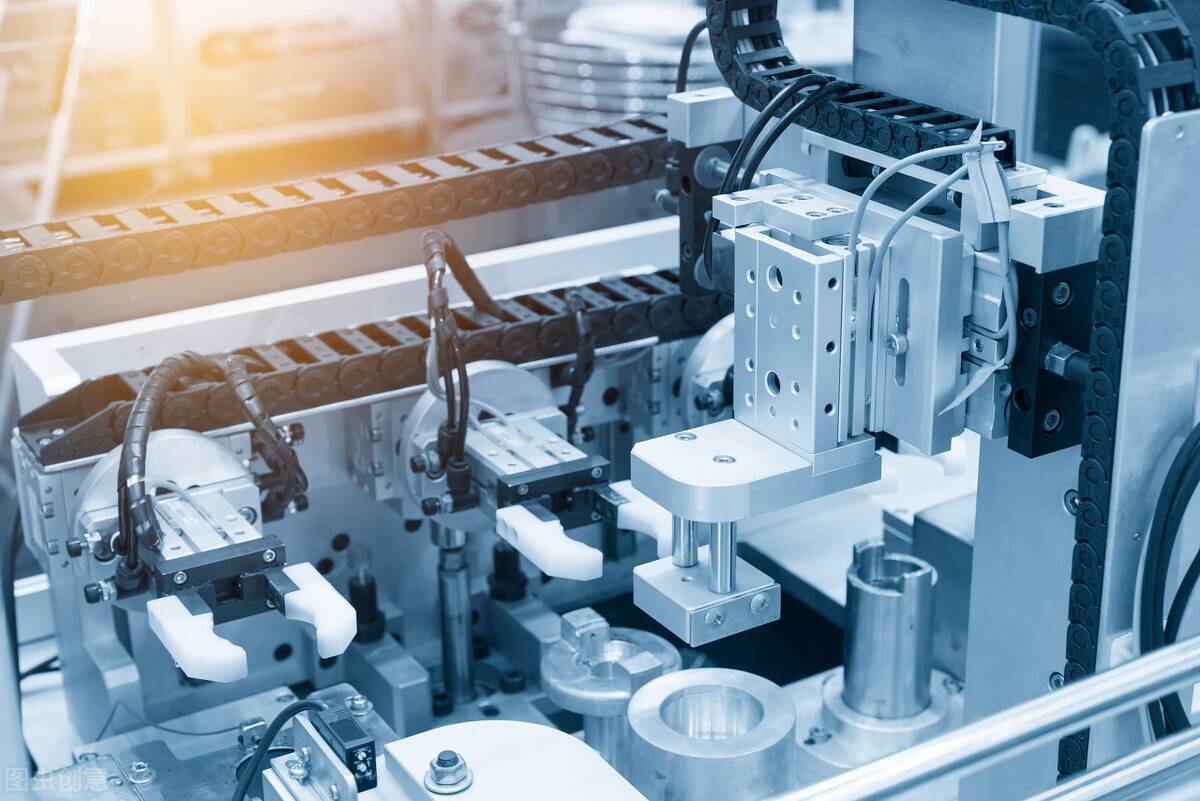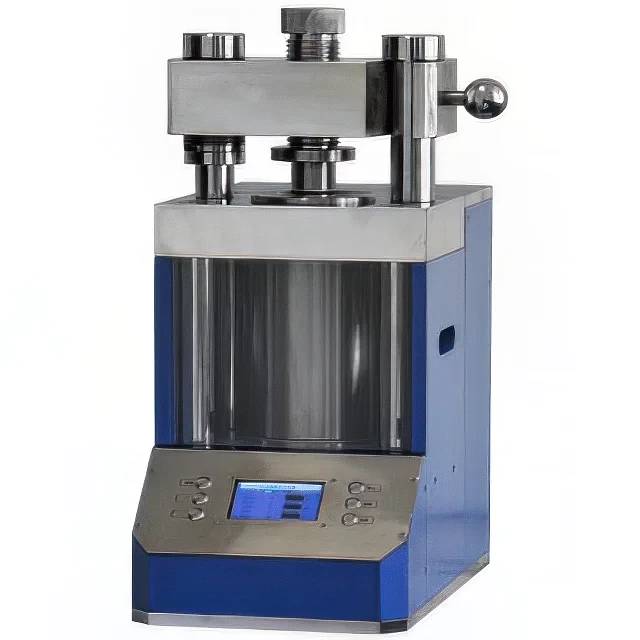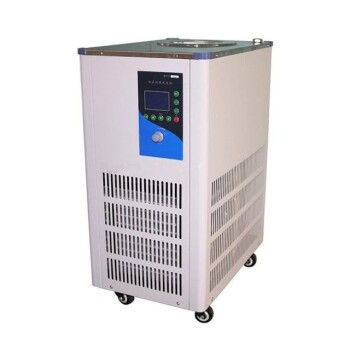Introduction: CIP in Manufacturing
Cold Isostatic Pressing (CIP) is a manufacturing process that involves applying high pressure to a sample in a liquid medium to create a uniform and dense material. CIP is used in various industries, including aerospace, medical, and automotive, to produce high-quality and complex parts. In the laboratory setting, CIP offers several advantages, such as reducing the risk of contamination and improving the consistency of results. CIP can be used with wetbag and drybag technologies, and the process involves several stages, including pressurization, decompression, and removal of the sample. Despite its advantages, CIP has some limitations, such as the need for specialized equipment and the high cost of the process.

Definition of Cold Isostatic Pressing
Cold Isostatic Pressing (CIP) is a method of compacting powdered materials into a solid homogeneous mass before machining or sintering.
How it works
In the process of CIP, a mold or vacuumed sample is placed into a chamber that is filled with a working fluid, usually water with a corrosion inhibitor, which is pressurized by an external pump. The pressure chamber is designed to withstand the severe cyclic loading imposed by rapid production rates and has taken into account the fatigue failure.
Advantages
Compared with manual CIP, electrical CIP can deliver better pressure control. Die-wall friction, which exerts a major influence on the density distribution of cold-pressed parts, is absent; so much more uniform densities are obtained. The elimination of die-wall lubricants also permits higher pressed densities and eliminates problems associated with lubricant removal prior to or during final sintering. Furthermore, if necessary, air can be evacuated from the loose powder before compaction. Consequently, isostatic compaction provides increased and more uniform density at a given compaction pressure and relative freedom from compact defects when applied to brittle or fine powders.
Types of Cold Isostatic Pressing
There are two types of cold isostatic pressing recognized all over the world: Wet Bag Technology and Dry Bag Technology.
Wet Bag Technology
In this process, the powder is filled in a mold and sealed tightly outside the pressure vessel. After filling the mold with powder, the mold is submerged in the pressure fluid within the pressure vessel. Then isostatic pressure is applied to the external surface of the mold, compressing the powder into a solid mass.
Dry Bag Technology
In this process, the mold is fixed in the pressure vessel. The powder is filled in the mold while it is still in the pressure vessel. After this, isostatic pressure from the pressure liquid is applied to the external surface of the mold, compressing the powder into a solid mass with a compact microstructure.
Conclusion
To sum up, CIP is a game-changing technology that has revolutionized the manufacturing industry by providing a cost-effective and efficient way to produce high-quality products with exceptional properties. The ability to produce complex shapes, high yields, and more uniform properties, and its environmentally friendly nature make CIP a widely used method in industries such as aerospace, automotive, and medical, where high-quality products with exceptional strength and durability are required.

Advantages of CIP in Laboratory Setting
Benchtop CIP
Benchtop CIP offers even more advantages in a laboratory setting. It is cost-effective, faster, and more convenient than the traditional piston style. Benchtop CIP is 5 times lighter and does not require additional big heavy press. It also has a larger chamber diameter, which makes it easier to load and unload equipment. Benchtop CIP requires less maintenance because it uses a static O-ring, which has a longer life compared to dynamic O-rings that get destroyed over sliding motion. It is also more space-efficient in the laboratory and can be easily moved between labs if required.
Examples of CIP Usage in the Lab
CIP is widely used in laboratories to sanitize equipment such as bioreactors, fermenters, and chromatography columns. It is particularly useful when trying to reach higher density before sintering, when pellets keep falling apart before sintering, when pressing an irregular shape, or when pressing long and thin items. CIP allows for powder to be filled into a low-cost latex tube of appropriate diameter, then placed in hydraulic fluid, and the pressure applied to the fluid with the pump. The pressure is held for a few minutes, then released, and the sample bag removed. This method ensures that the sample is compacted uniformly from each side, giving it more stability and uniformity, making it ready for the next stages of processing.
Conclusion: CIP Revolutionizing Manufacturing
In conclusion, Cold Isostatic Pressing (CIP) is revolutionizing the manufacturing industry. CIP offers several advantages over traditional manufacturing methods, such as the ability to process a wide range of materials, produce complex shapes, and achieve high levels of density and purity. It is increasingly being used in the metal manufacturing industry, as well as in other areas such as aerospace, automotive, and medical devices. The use of CIP is a powder-based process that is environmentally friendly, and it reduces material waste. As a result, CIP is becoming a popular choice for manufacturers looking to increase efficiency, reduce costs, and improve product quality.
Related Products
- Automatic Lab Cold Isostatic Press CIP Machine Cold Isostatic Pressing
- Manual Lab Heat Press
- Electric Lab Cold Isostatic Press CIP Machine for Cold Isostatic Pressing
- Warm Isostatic Press WIP Workstation 300Mpa for High Pressure Applications
- Laboratory Hydraulic Press Lab Pellet Press Machine for Glove Box
Related Articles
- Additive Manufacturing for Isostatic Pressing: Bridging New Technology with Traditional Manufacturing
- Principle and Process of Cold Isostatic Pressing
- Electric Lab Cold Isostatic Press (CIP): Applications, Benefits, and Customization
- Comprehensive Application of Cold Isostatic Pressing Technology
- Exploring the Applications of Isostatic Pressing












